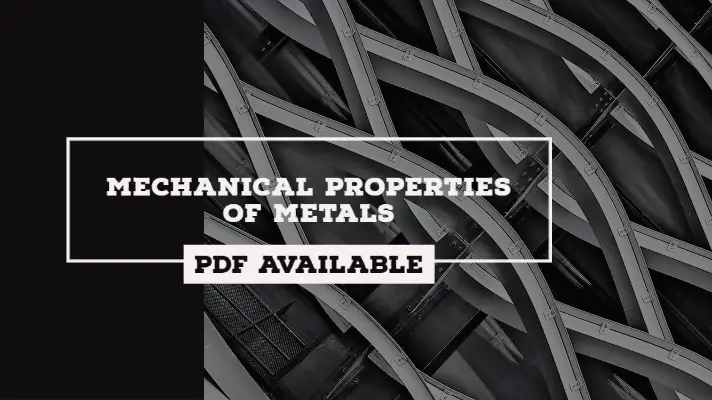

Hello Readers, today in this paper we will be going to learn about Ceramics and their properties like Mechanical, Electrical, Physical and chemical. So let's get started.
Most ceramics have a crystalline structure and exist in a wide variety of compositions and forms. The bonding between the atoms is primarily ionic and covalent to some extent.
Examples of Natural Ceramics are silica, silicates, and clay minerals whereas the examples of Manufactured Ceramics are silicon carbide, silicon nitride, cement, etc.
Ceramics are inorganic non-metallic materials that are a combination of one or more metals and some non-metals like oxygen, carbon, or nitrogen.
The Properties of Ceramics which plays a crucial role in the field of mechanical engineering are as follows:
The ceramics possess both Ionic and Covalent bonds.
The strength of the metal is greater than the strength of Ceramics and that is greater than the strength of Polymer.
The distance between the atoms of metal is less than the Ceramics and is less than the Polymers.
The ceramics are brittle in nature.
The ceramics possess bad electrical conductivity because of the absence of free electrons.
The Ceramics possess bad thermal conductivity but they can sustain at high temperatures easily.
The Density of Metal is greater than the Density of Ceramics and that is greater than the Density of Polymers.
The Ceramics are Anti-Corrosive to the environment because they are already in corrosive form.
The servicing temperature of the metal is 3000̊ C.
It is not hazardous to the environment.
The ceramics are non-recyclable in nature.

Now, let's see the Mechanical, Physical, Chemical, and Electrical Properties of Ceramics in a detailed way.
The Chemical Properties of Ceramics are as follows.
Ceramics are mostly resistant to chemical attack by gases, liquids, and even high temperature melts.
This is the detailed explanation of Ceramics in various modules. Now let's see the Applications of Ceramics.
As of the above explanation, we had seen detailed information on the Properties of Ceramics. If you have any doubts, you can ask us and we will reply to you as soon as possible.

Mohammed Shafi is the founder, managing editor, and primary author of Mechanical E-Notes. He is an Assistant Professor (Department of Mechanical Engineering) at the Sreenidhi Institute of Science and Technology. He has a 6 years of vast experience in design, research, and data analysis. Shafi has co-authored two journals 1. Dynamic and Fatigue Analysis on Tillage Equipment 2. Welding Procedure and Testing Analysis on Mixing and Nodulizing Drum.
In the last article, we had discussed the Mechanical properties of metals along with Non-Ferrous metals and Iron-Carbon diagram explanation. Whereas in today's article, we will discuss the properties, types, advantages, disadvantages, and applications of Cast iron in detail. What is Cast Iron? The cast iron is obtained by melting Pig iron with coke, limestone, […]

Steels are widely used materials in the industry. They are the alloys of iron, carbon and other elements such as silicon, phosphorus, sulphur and manganese. The carbon present in the form of iron-carbide(Fe3C) increases the hardness and strength of the steel. Steels are classified based on their chemical composition, applications, and methods of production. In this article, I […]
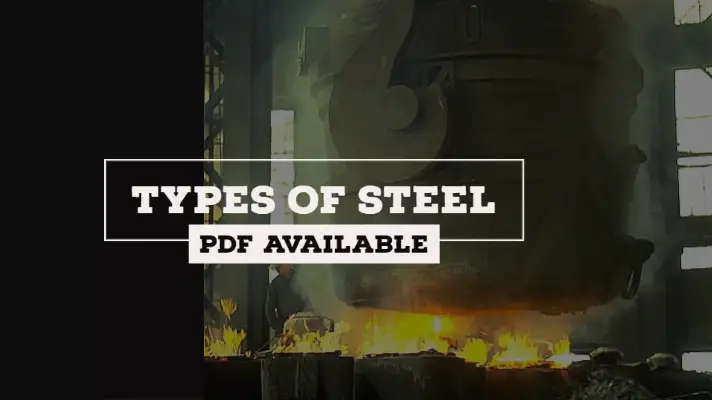
In this article, I will be explaining the different types of Plastics used in our household applications as well as industrial applications in the form of Thermoplastics and Thermosetting Plastics with there Properties. but before that let we know what is a Plastic? Plastics: Plastics are also called as Polymers. They are made up of carbon, hydrogen […]
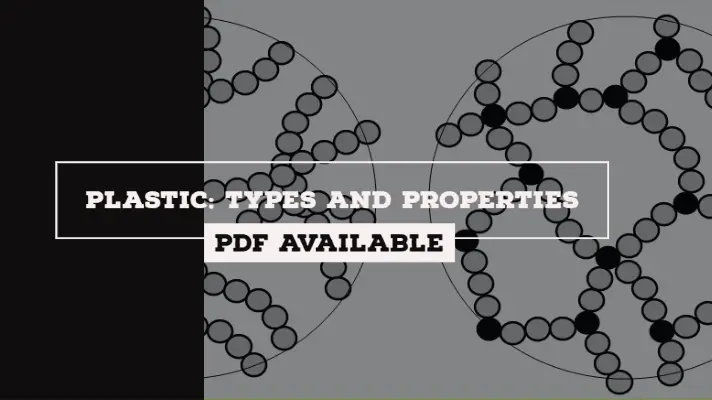
In the last session, we had learned Different Types of steels, Methods for Manufacturing of Steel & Mechanical Properties of Metals whereas in today's session, we are going to discuss Iron- Carbon Phase Diagram with four Phase Transformations. What is Critical Concentration? Carbon is added to iron as an interstitial inclusion to improve the strength of iron. The maximum […]
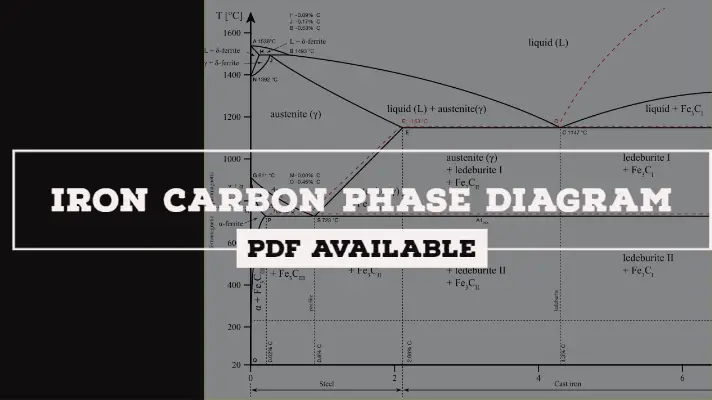
Every component or material has its own features and depending upon the application or usage those materials are taken into consideration for Industrial applications. Nano Material has its demand in the field of communications in the form of fibres. Similarly, smart materials are highly in demand because they can react according to the environment. Therefore, in this article, I […]
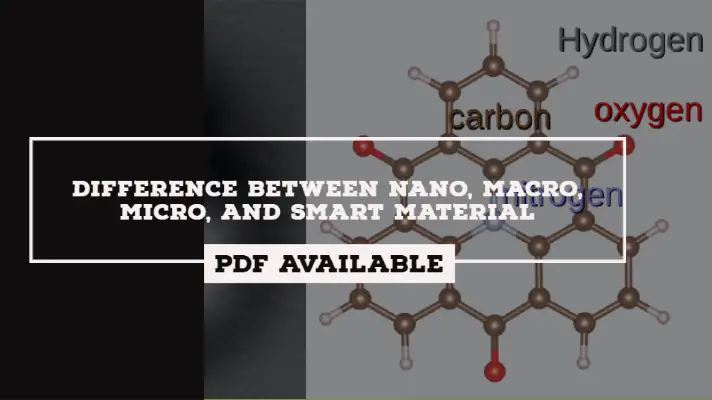
In the last session, we had learned about Different Types of steels and also the Methods for Manufacturing of Steel, and Today we are going to discuss Mechanical Properties of Metals in a detailed way. If you are a design engineer from the field of Mechanical Engineering then you should have to know about Mechanical properties of metals so that, those can be […]
